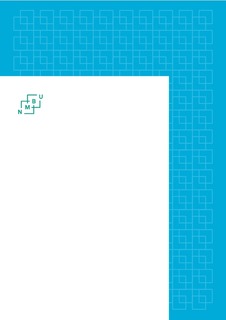| dc.description.abstract | Microfinance is seen as an important development tool in the fight against poverty. However, inconsistent evidence jeopardizes the notion that microfinance is in fact able to sustainably reduce poverty. More research is needed to enhance our understanding of under which circumstances microfinance interventions can be of benefit to the poor.
The purpose of this study has been to evaluate how the provision of microfinance by the microfinance institution D-Miro, has affected the wellbeing of the clients interviewed in Guayaquil, Ecuador. Applying an actor-oriented perspective, using Amartya Sen’s “capability approach” and Caroline Moser’s “asset vulnerability framework”, the aim has been to see how microfinance has affected the clients’ capabilities, agency, portfolio of assets, vulnerability and resilience. Furthermore, the intention has been to see what contextual factors shape this particular microfinance intervention, and how these influenced the effects the clients experienced. A qualitative research strategy was used, and the methods of data collection consisted of semi-structured interviews and observation. Based on the findings in this study I argue that the clients’ agency increased, as they were given more opportunities to pursue things that were of value to them, investing in their businesses, improving their standard of housing, buying better nutrition and clothing, and being able to provide education for their children. This strengthened the clients’ capability. Being able to invest in their portfolio of assets, more specifically, labor, housing and human capital, made the clients more resilient in coping with life’s challenges and decreased their vulnerability towards external stressors. D-Miro’s operations seem to be in line with its agenda to alleviate poverty. A differentiated set of products and services indicates a commitment to meet the needs of their clients. Loans are fairly priced, maximising profits is not a motive, and loan approvals are thorough and responsible in order to prevent clients of becoming over-indebted.
This study shows the value of an actor-oriented perspective in evaluating how microfinance affects people. A qualitative approach is useful, as the data collected is rich in contextual information. Seeing the world through the eyes of the actors enhances understanding of impacts. | nb_NO |

